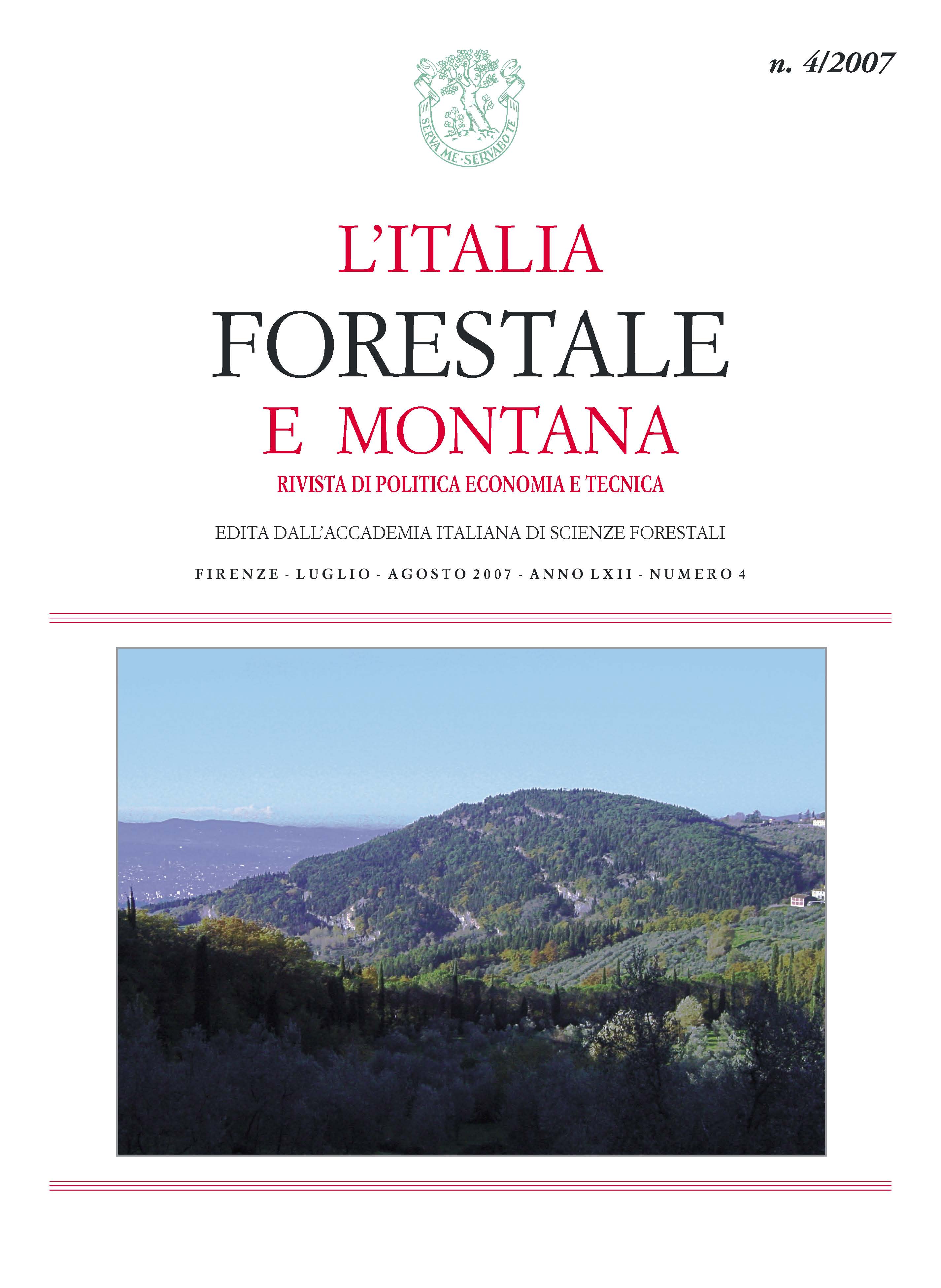Published
2007-08-10
Keywords
- arthropods; green areas typologie,
- landscape ecology,
- urban forests,
- green types
Abstract
Urban forests and green areas are commonly perceived as elements qualifying cities and their environs. This research aimes to assess the effect of green areas on ecological processes through the analysis of a particular casestudy (Natural Regional Park «Lama Balice») represented by a green area located at the edge of the city of Bari, in southern Italy. Pitfall traps were used to collect ground-coleopters in three different habitats: «maquis-garrigue», «herbaceous vegetation on the river-bed», «herbaceous vegetation on slopes». In total, 1,779 ground-coleopters were collected by traps and specifically, 1,209 carabids, 99 silphids, 240 staphilinids, 231 tenebrionids. Using one-way ANOVA we tested the response of coleopters (based on the family type) to the three habitats. Results showed a significant response of carabids and silphids to the «maquis-garrigue» and the «herbaceous vegetation on slopes» habitats. Staphilinids and tenebrionids did not show a significant response to these habits.


